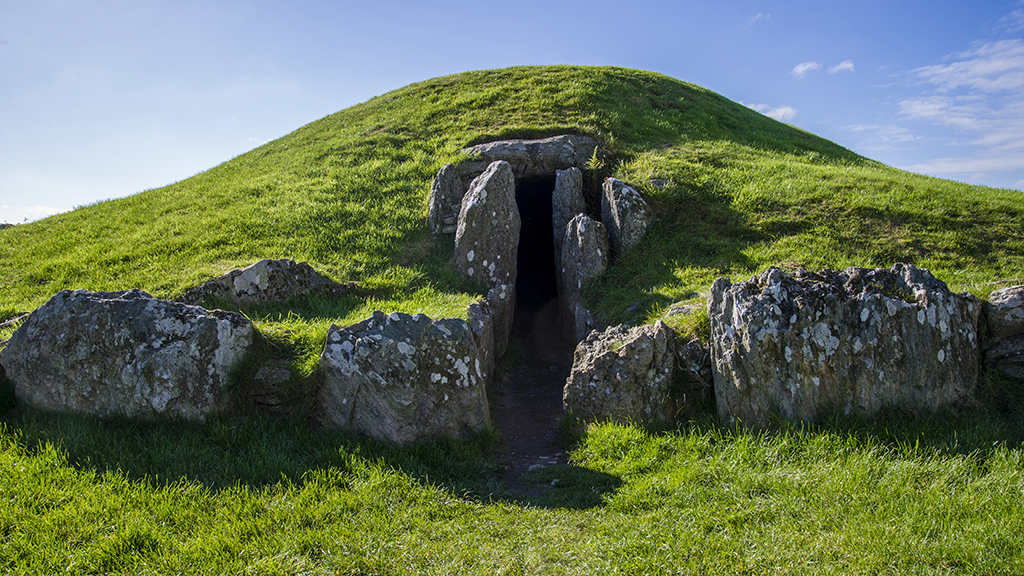Abstract
This case is based on a lurid crime featured on the BBC program Crimewatch in December 2001 that was solved thanks to forensic DNA analysis. Students learn how the structure of DNA and the mechanism used by cells to duplicate DNA were critical to the forensic analysis. They then determine the statistical validity of the forensic data in the same way a prosecutor would prepare the case for a courtroom. Written for an introductory biology course of 300+ students, the teaching notes for the case describe how students work in permanent small groups in a lecture hall setting to collaboratively solve the case in class.



